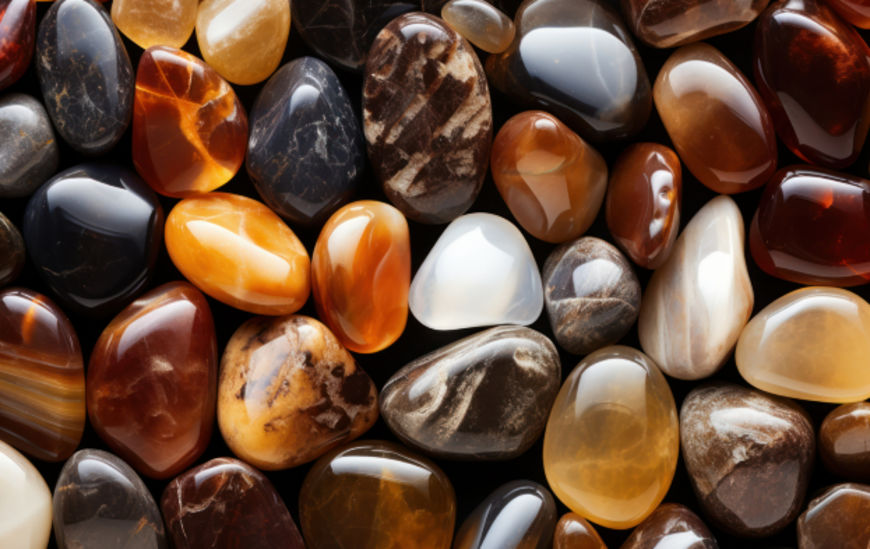
Amber, often referred to as “fossilized sunshine,” is a captivating gem that has been cherished for thousands of years. This organic gemstone, formed from the resin of ancient trees, holds not just aesthetic value but also historical and cultural significance. Understanding the different types of amber is crucial for collectors, jewelers, and enthusiasts alike. In this guide, we will delve into the distinguishing features of genuine amber, with a particular focus on color and smell—two key identifiers that can help you differentiate real amber from its many imitations.
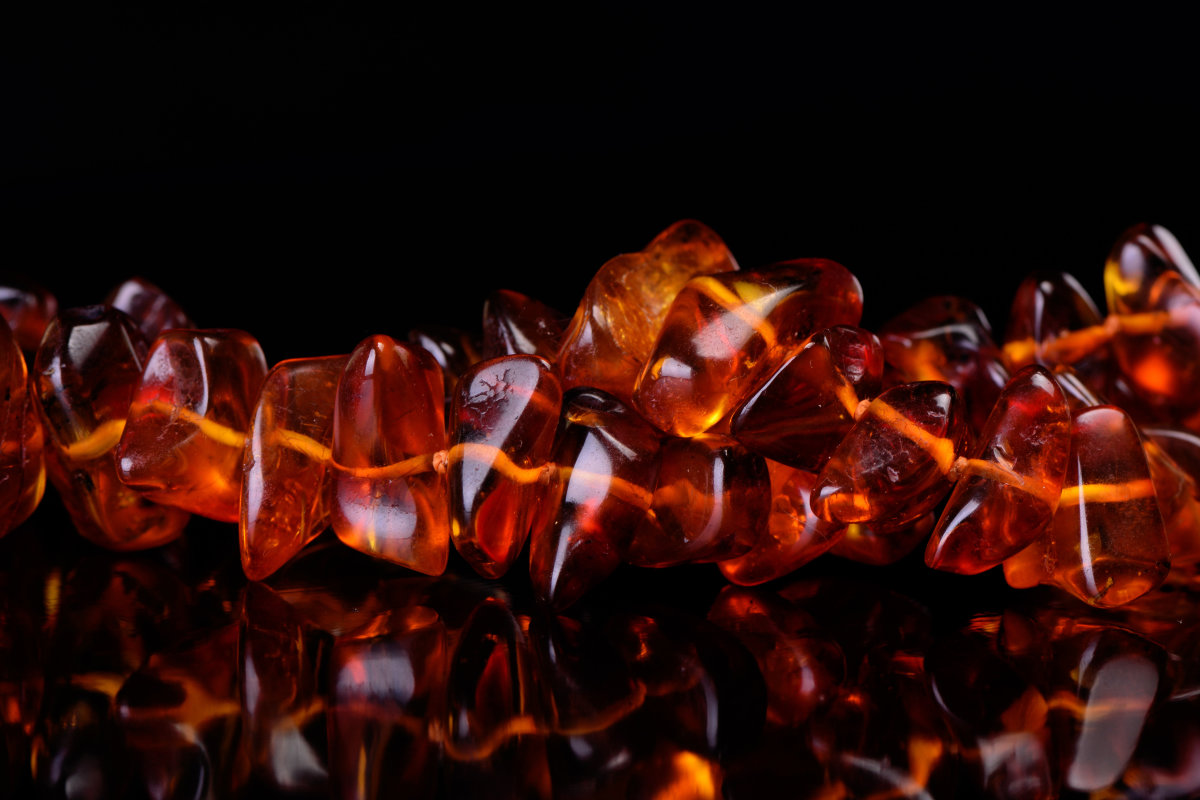
What is Amber?
Amber is a fossilized tree resin that has undergone a transformation process over millions of years, turning from a sticky, golden sap into a hardened, durable gemstone. The process involves polymerization, where the resin hardens and fossilizes, often encapsulating ancient organic materials like insects, leaves, or air bubbles, making each piece of amber unique.
Throughout history, amber has been treasured for its beauty and perceived mystical properties. In ancient times, it was used in jewelry, religious artifacts, and as a trade commodity. Amber was also believed to have healing powers and was used in traditional medicine. The “Amber Road,” an ancient trade route, facilitated the exchange of amber across Europe and Asia, highlighting its historical importance.
Types of Amber
There are several types of amber, with fossilized resin being the most commonly recognized. Fossilized amber is the true gemstone, formed over millions of years, whereas copal is a younger, less mature form of amber, often used as a cheaper alternative. Understanding the difference between these types is essential for determining the value and authenticity of the amber.
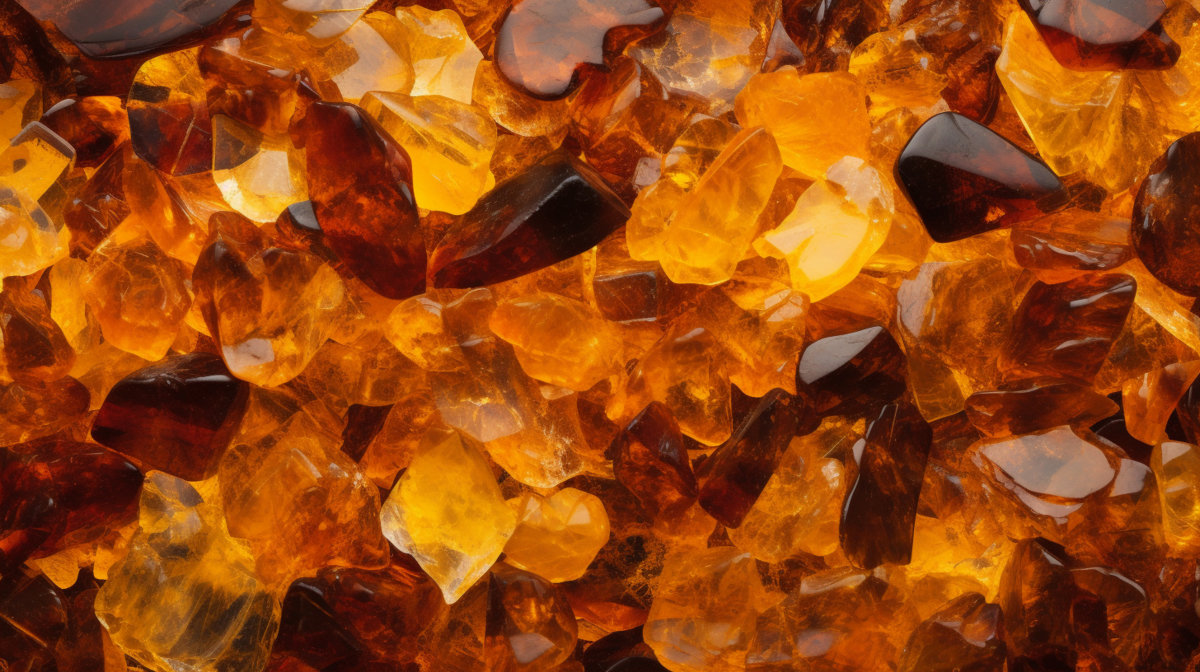
The Importance of Identifying Genuine Amber
Why Distinguishing Real Amber is Essential
In today’s market, the value of genuine amber makes it a target for counterfeiters. Distinguishing real amber from fake is essential not only to ensure the authenticity of a piece but also to avoid overpaying for a counterfeit product. Genuine amber holds historical, cultural, and financial value, making it a prized possession for collectors and jewelry enthusiasts.
Common Misconceptions and Myths
Many people believe that all amber is the same, but this is far from the truth. Different types of amber, from various regions and with different inclusions, can vary greatly in value. Additionally, there is a common myth that all amber is yellow, but it actually comes in a wide range of colors, each with its own significance.
The Value of Genuine Amber in the Market
Authentic amber is highly valued, especially pieces with unique inclusions or rare colors. The market for amber is robust, with high demand in the jewelry industry and among collectors. Genuine amber, particularly Baltic amber, is considered one of the most precious, and its value continues to appreciate over time.
Amber Colors and Their Meanings
Overview of the Color Spectrum in Amber
Amber’s color spectrum is one of its most fascinating features. Unlike other gemstones, amber comes in a wide variety of colors, each with unique characteristics.
- Yellow/Golden Amber: The most common and recognized amber color, yellow or golden amber is often associated with warmth and energy. It is typically translucent and can range from pale yellow to deep orange.
- Red/Brown Amber: Sometimes referred to as “cherry amber,” this variety is rarer and often more valuable. The red hues are due to the oxidation of the amber over time.
- Green Amber: Green amber is rare and highly sought after, particularly in jewelry. The green color can range from light to dark and is usually the result of plant material or mineral inclusions.
- Blue Amber: Blue amber is one of the rarest and most valuable types, predominantly found in the Dominican Republic. It has a unique fluorescent quality, appearing blue under sunlight.
- Black Amber: Also known as “Oltu stone,” black amber is opaque and often contains a high concentration of organic matter. It is less common and has a mysterious allure.
- White Amber: Sometimes called “bone amber,” this type is opaque and creamy white. It is among the rarest colors and is highly prized for its unique appearance.
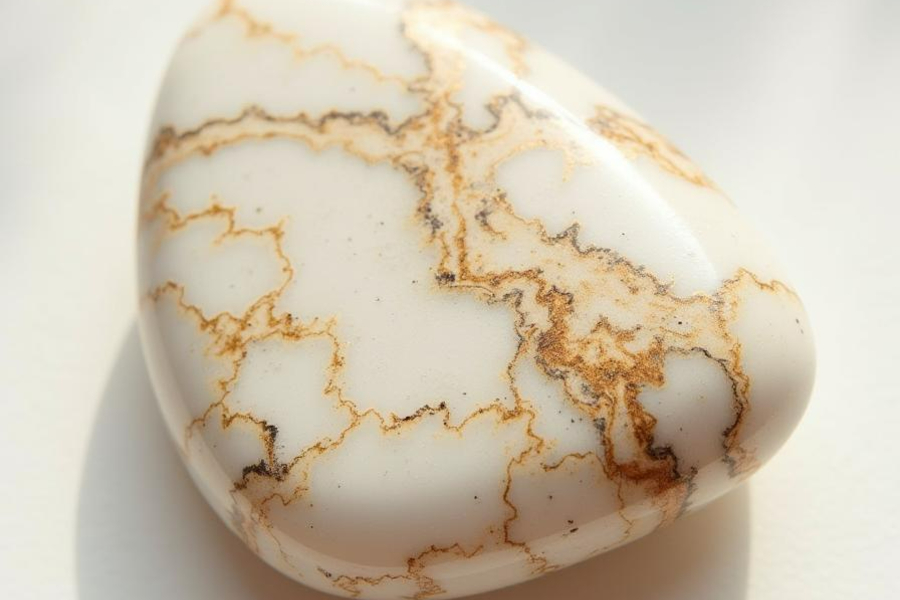
Factors Affecting the Color of Amber
The color of amber is influenced by several factors, including the type of tree resin it originated from, the conditions under which it fossilized, and the presence of inclusions. Over time, the color of amber can change due to oxidation and exposure to light, making older pieces more valuable.
How to Identify Genuine Amber Based on Color
Identifying genuine amber by color involves understanding the natural variations and avoiding pieces that appear too uniform or vibrant, which could indicate artificial coloring. Additionally, genuine amber often has inclusions or imperfections, unlike the flawless appearance of many imitations.
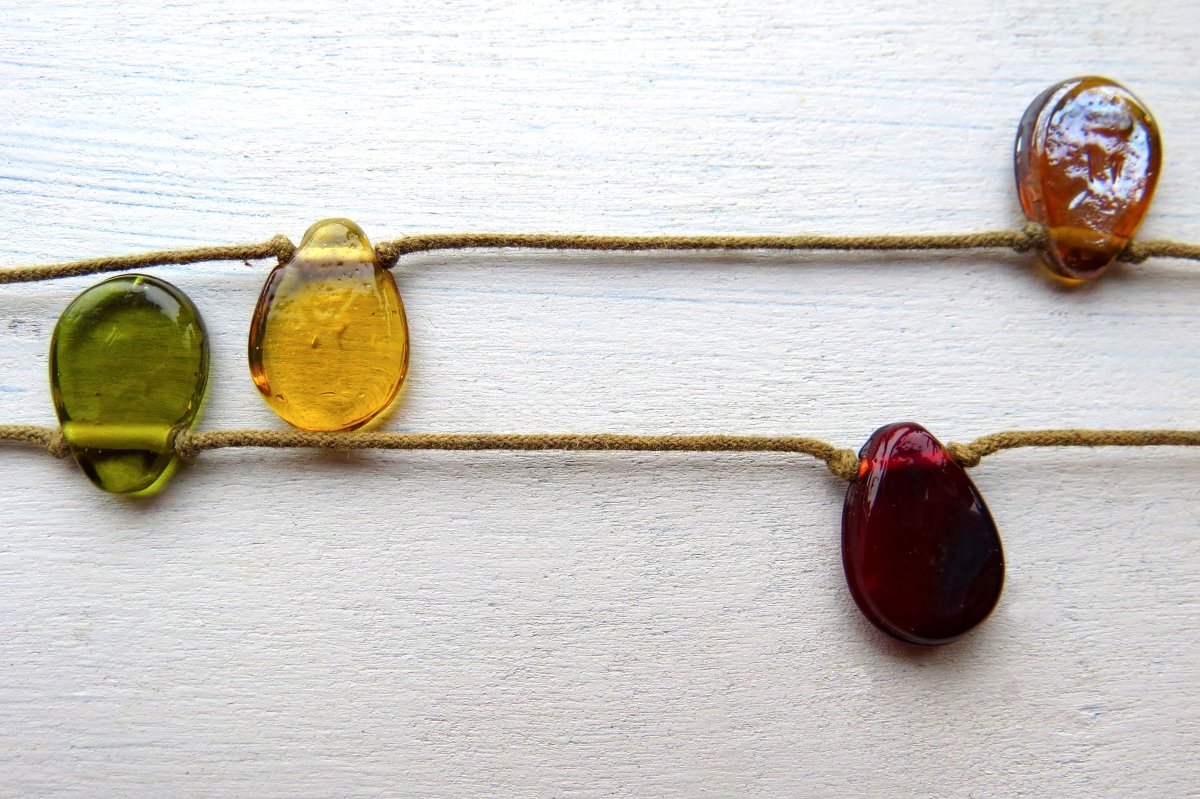
The Role of Smell in Identifying Amber
The Unique Smell of Amber When Heated
One of the most distinctive characteristics of genuine amber is its smell. When heated, real amber releases a unique, pleasant aroma often described as earthy, piney, or resinous. This scent is due to the presence of succinic acid, a compound found in fossilized amber.
Differences in Smell Between Genuine Amber and Fake Imitations
Fake amber, often made from plastic, glass, or copal, does not produce the same scent when heated. Instead, it may smell like burning plastic or lack any distinctive odor. This difference in smell is a reliable method for distinguishing real amber from imitations.
Simple Tests to Identify Amber by Smell
To test amber by smell, you can gently heat a needle and press it against an inconspicuous area of the amber. Genuine amber will emit its characteristic scent, while imitations will smell of chemicals or burnt plastic. However, this test should be done carefully to avoid damaging the amber.
Common Imitations and How to Spot Them
Overview of Common Amber Imitations
Amber imitations are widespread, with materials like plastic, glass, and copal being the most common. These imitations are often made to resemble amber in appearance but lack its unique properties.
- Plastic: Often used to create fake amber jewelry, plastic imitations are lightweight and can be easily molded into various shapes and colors.
- Glass: Glass imitations are heavier and colder to the touch than real amber. They may also be more transparent and lack the natural inclusions found in genuine amber.
- Copal: As a younger form of fossilized resin, copal is often sold as amber but lacks the durability and value of true amber.
Color and Smell Differences Between Real and Fake Amber
Fake amber often has overly bright or uniform colors, lacking the natural variations of real amber. Additionally, as mentioned earlier, imitations do not produce the same scent when heated, making smell a key factor in identification.
Practical Tips and Tests for Identifying Imitations
In addition to the smell test, other practical tests include the saltwater test (amber floats in saltwater, while most imitations sink), the scratch test (amber is softer and can be scratched by metal), and UV light testing (real amber fluoresces under UV light). These simple methods can help you verify the authenticity of your amber.
Buying and Caring for Amber
Tips for Purchasing Genuine Amber
When buying amber, always purchase from reputable dealers or sources that provide certification of authenticity. Look for natural inclusions and variations in color, and be cautious of prices that seem too good to be true, as they may indicate counterfeit products.
Trusted Sources and Certifications
Trusted sources include specialized amber retailers, gem shows, and certified jewelers. Ensure that any amber you purchase comes with documentation verifying its authenticity, particularly for rare or valuable pieces.
Proper Care and Maintenance of Amber
Amber is a relatively soft gemstone, so it should be handled with care to avoid scratching or damage. Store amber jewelry separately from other gemstones, and clean it with a soft cloth and mild soap. Avoid exposing amber to harsh chemicals, extreme temperatures, or prolonged sunlight, as this can affect its color and durability.
Understanding the color and smell of amber is key to distinguishing genuine amber from imitations. By familiarizing yourself with the different types of amber and learning how to test for authenticity, you can ensure that the amber you buy or collect is both real and valuable. Whether you're a seasoned collector or new to the world of amber, this guide provides the essential knowledge to appreciate and invest in this timeless gemstone.
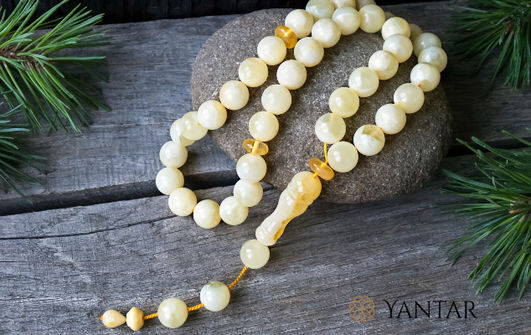
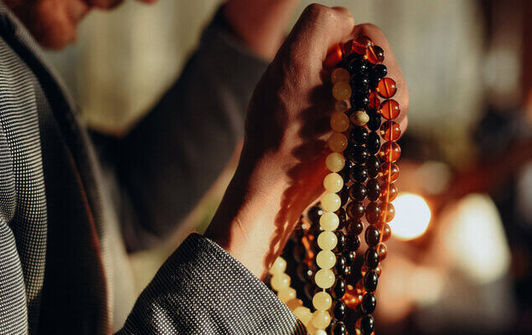
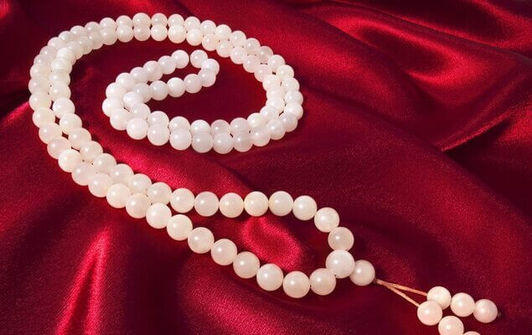

 Jewelry
Jewelry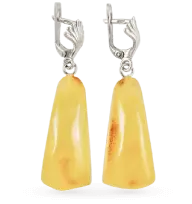 Silver amber jewelry
Silver amber jewelry Amber pictures
Amber pictures Souvenirs
Souvenirs